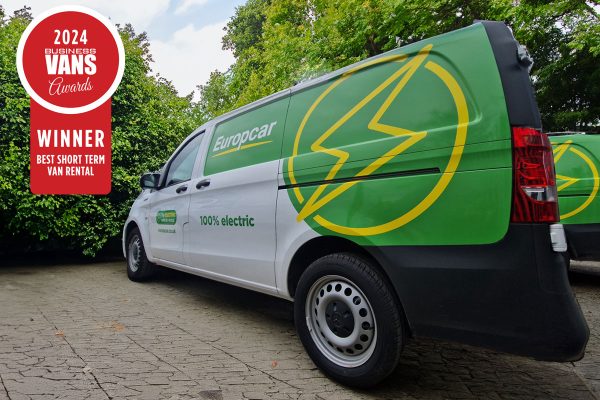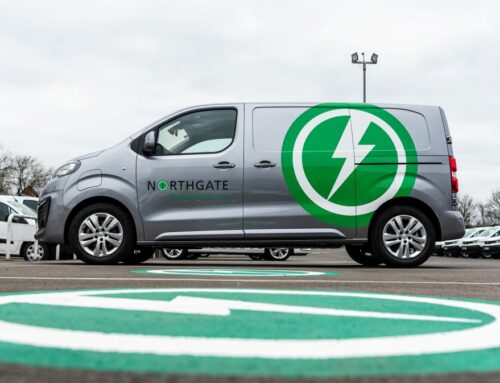A POLL conducted by Vanarama has revealed that 64% of van drivers want bigger parking bays in the UK, to avoid conflicts and bad parking.
But how do bigger vehicles cope with parking in the UK currently? Vanarama analysed the top registered vans in the UK to find out if they could fit into traditional parking spaces and multi-storeys, as well as revealing these drivers could be in danger of receiving a £100 fine for parking incorrectly.
87% of vans DON’T FIT into a UK parking space
Vanarama’s previous research revealed that cars will outgrow the average parking space in the UK by May 2034 – something that drivers of commercial vans contend with every day. It compared the dimensions of 2023’s most registered models (Jan – Nov) to that of the average parking space. The average parking bay carries dimensions of 4.8m in length and 2.2m in width.
Eight of the ten most popular vans in the UK in 2023 were deemed too long to squeeze into a parking space. The Mercedes-Benz Sprinter was the vehicle with outsized parking bays the most, there were 14,715 vehicle registrations for this van last year.
Width wasn’t as much of an issue – with nine of ten models managing to squeeze both sides of their van into the spot. It’s bad news for Ford Transit owners, though, as their size means not being able to squeeze into parking spaces in the UK, with over 500mm difference.
50% of vans won’t fit in multi-storey car parks
Alongside bay parking are multi-storey car parks – in which van drivers also don’t have much of an option. Vanarama analysed height restrictions of 50 multi-level car parks to find an average of 2.02 metres. Of the ten most popular vans of 2023, only 50% would be able to narrowly squeeze through the entrance.
So multi-storey car parks, nor car parking bays are an option – but what about loading bays that are designated for commercial vehicles? Vanarama collated the number of loading bays on busy high streets in five of the most populated cities in the UK to determine if there are designated options for commercial drivers:
-
London, Lewisham High Street
-
Manchester, Manchester High Street
-
Birmingham, Birmingham High Street
-
Leeds, Morley High Street
-
Glasgow, Glasgow High Street
Of five busy high streets that are likely to see deliveries and a high need for spaces, just nine designated bays for commercial vehicles were found.
Morley High Street in Leeds had zero designated loading bays, leaving commercial vehicles to pull over and choose between blocking pathways or obstructing regular parking bays. Manchester’s High Street had the highest number of bays, with four individual bays ring-fenced for commercial vehicles.
Ford Transit size has grown 22% in 10 years
The UK’s most recognisable van, the Ford Transit, has grown in height, length and width. Since 2013, the Ford Transit has gained over a metre (1,118mm) in length. Its 138 mm width increase has meant it now surpasses the width of a typical car parking space.
But knowing the infrastructure isn’t suited for vans, why are vans increasing in size? Well, according to research by SMMT, demand for medium-sized vans is up 161%, largely thanks to increased demand for couriers even after the pandemic.
Van drivers forced to risk £100 fines due to poor parking infrastructure
The Highway Code dictates that you can park your van in off-street parking areas, in parking bays and on the roadside, facing the direction of the traffic. The challenge here is that, as proved by Vanarama’s research, space for vans without cause of obstruction isn’t readily available. Drivers may be forced to unload from double yellows and cause a temporary obstruction.
Parking on double yellows, for any length of time, can accrue a parking fine of up to £130. There’s no fixed penalty notice should you be blocking someone’s drive, however, local authorities have the power to enforce a fine.










Leave A Comment